What Your Favorite Southern Seasoning Says About You
What team are you on?
If anything can be said about Southern cooks, it’s that we aren’t shy with the spice cabinet. Our recipes aren’t made to be bland or forgettable, but to be memorable and packed with all kinds of comforting goodness, including butter, salt, cream, and enough dashes of whichever and whatever seasoning blend that is preferred in the household. And yes, it varies depending on where you’re from and what you grew up seeing in the pantry.
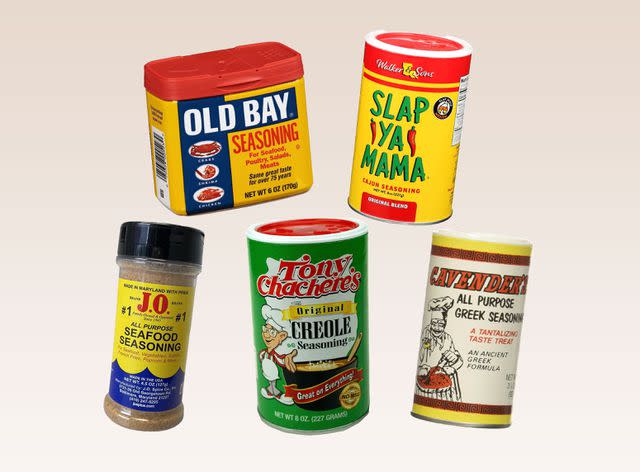
Southern Living
The most popular Southern seasoning blends have one thing in common: They don’t mess around with flavor. While you might recognize and exclusively use a particular seasoning listed below, there might be something you’re missing out on—and they’re all worth having in the pantry.
Here is what your favorite Southern seasoning says about you in the kitchen. One thing’s for sure: We could never name a favorite.
Old Bay Seasoning
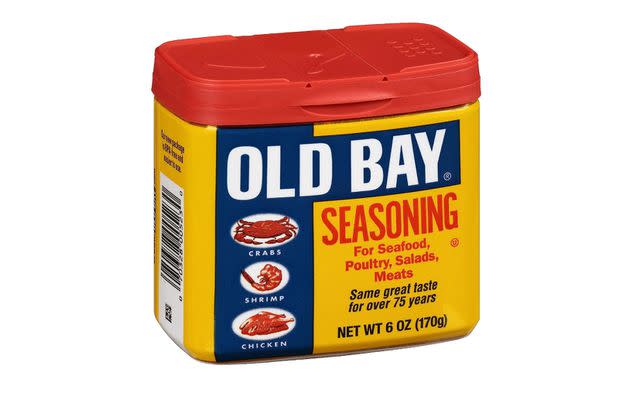
Amazon
This iconic yellow and blue tin needs no introduction, and it’s what we like to call, “a beginner’s guide to spice.” Old Bay has been around since its founding in 1940 in Maryland. It’s dependable, easily accessible, and—dare we say—and a little bit expected. Sure, serious purveyors of seafood boils use it religiously, whether you’re a diehard for a Maryland crab boil, South Carolina shrimp boil, or Louisiana crawfish boil. However, Old Bay is also what most beginners tend to grab for at the grocery store before trying to whip up a coastal classic for the first time, so you won’t necessarily know what you’re in for if you peep it on the kitchen counter at a party.
Slap Ya Mama Cajun Seasoning
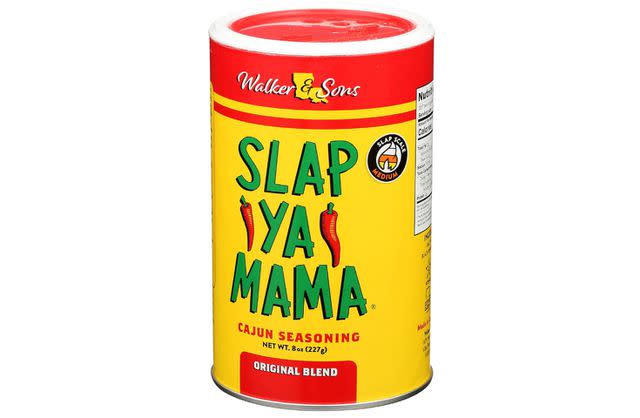
Amazon
Another pantry staple of many Southerners, Slap Ya Mama has curb appeal due to its sassy name, which can attract many different types of cooks. The family-run Louisianan blend has a big bark, but not necessarily the biggest bite unless you know how to use it. For this reason, true Cajun cooks can get away with wielding it correctly, which means very generously dousing it when making dishes like fry batter for shrimp or catfish, as well as jambalaya and red beans and rice. Novices might be too scared of the name to use it as bountifully as needed.
Tony Chachere’s Original Creole Seasoning
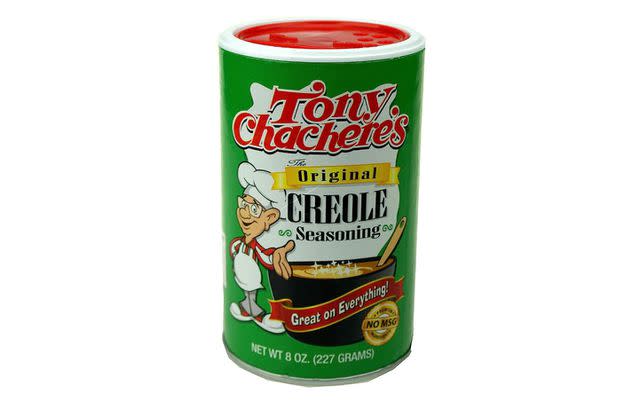
Amazon
Cooks that use Tony Chachere’s know that “it’s not seasoned until you’re sneezing.” It’s what Creole grandmothers and soul food cooks have in common, and that’s about the highest compliment you get in the South. Tony Chachere’s, which recently celebrated its 50th anniversary, is often the secret spice used in dishes made in old blackened pots and old-school baking dishes; and we'd venture to say that more real-deal cooks know about it than newbies. However, beginners should add it to the grocery list, as it makes perfect seasoning for grilled meats and other basic dishes as well.
Cavender’s All-Purpose Greek Seasoning
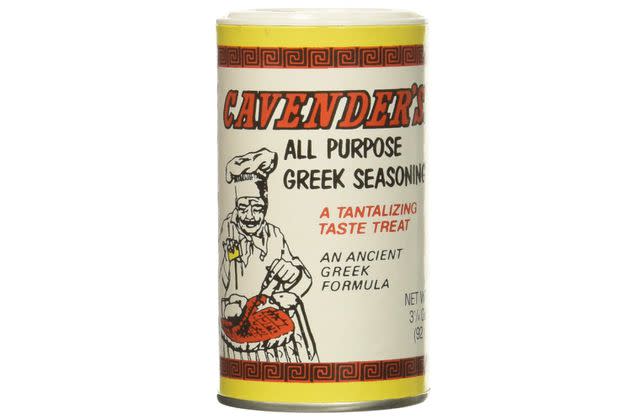
Amazon
We’re always impressed when we see Cavender’s in someone’s pantry—primarily because it shows that the person knows the difference between what certain seasoning blends offer. As in, it shows impressive range. As much as Cajun seasonings reign the spice aisle, this family-run Greek seasoning blend, which hails from Arkansas, is totally underrated. It incorporates less spice and more herbs, like oregano and parsley, to create a super versatile blend that can be used in almost any dish, from meats to casseroles to one-pot meals.
J.O. #1 All-Purpose Seafood Seasoning
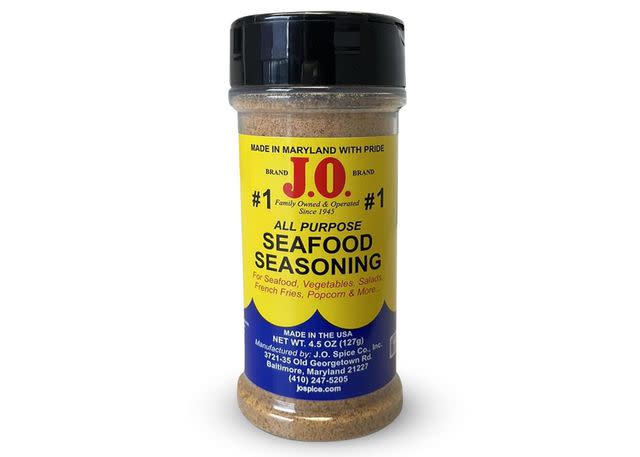
Amazon
Those who know, know, especially if you’re from the Atlantic Coast. This seasoning blend from Maryland can be seen in large tubs in the kitchens of Southern coastal restaurants where you’ll find crab on the menu during the summer. As a result, you’ll find that J.O. is most used by folks who are passionate about seafood boils and refuse to use what most people use (like its competitor Old Bay) for the sake of being different. There’s no harm in that!
For more Southern Living news, make sure to sign up for our newsletter!
Read the original article on Southern Living.

